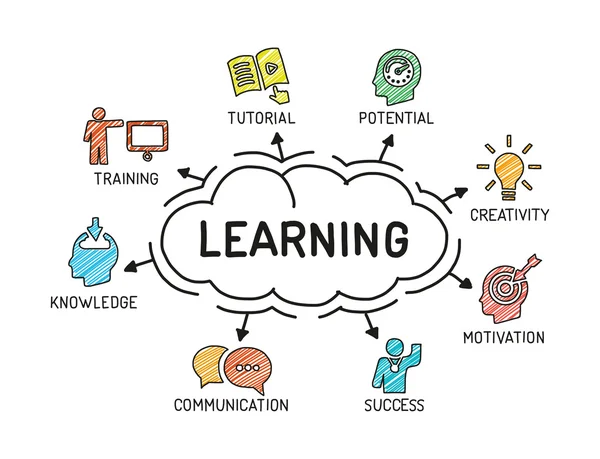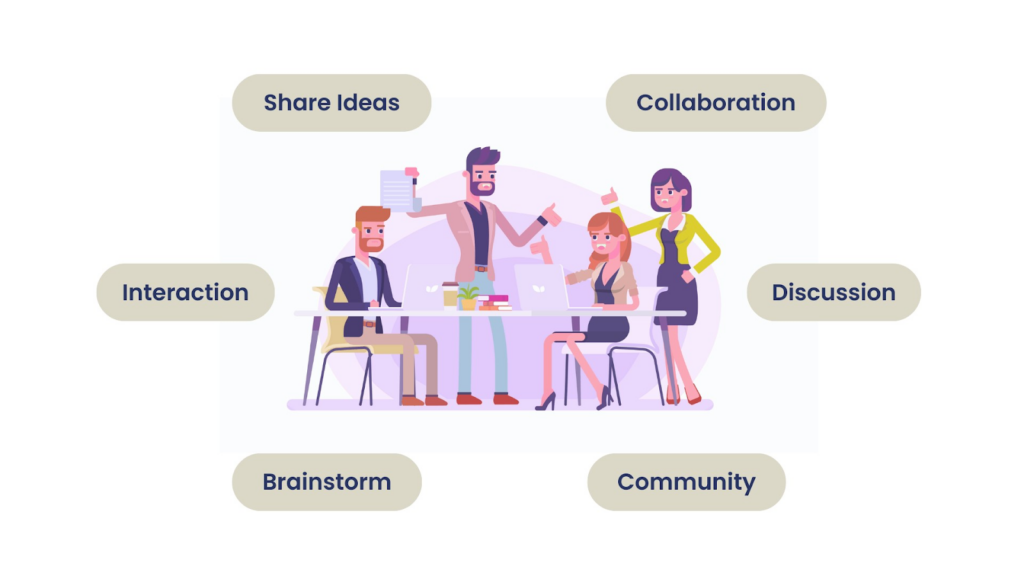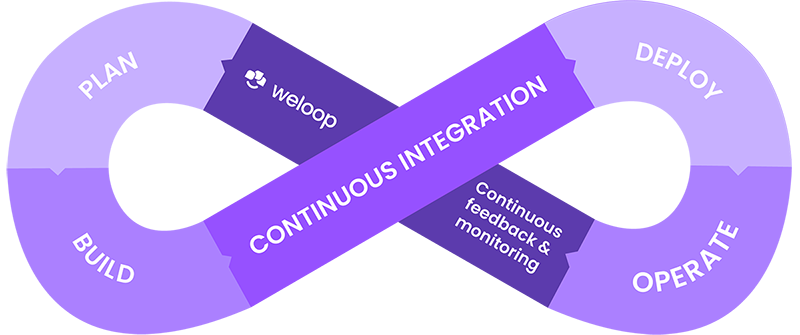In an era defined by constant change and unpredictability, traditional leadership development approaches often fall short. Agile leadership development, which emphasizes flexibility, responsiveness, and adaptability, is emerging as a critical strategy for preparing leaders to thrive in rapidly changing business environments. Here, we explore the principles of agile leadership development and strategies for implementing effective agile training programs, supported by data and best practices.
- Embrace Iterative Learning

Agile leadership development emphasizes iterative learning, where leaders continuously refine their skills and knowledge through cycles of learning, application, and feedback. This approach mirrors agile methodologies in project management, where iterative cycles enable rapid adaptation to changing conditions. According to McKinsey, organizations that embrace iterative learning practices are 70% more likely to achieve better project outcomes. Training programs should incorporate frequent learning sprints, where leaders engage in short, focused learning sessions, apply their new knowledge in real-world contexts, and receive immediate feedback.
- Foster a Culture of Experimentation

A culture of experimentation encourages leaders to embrace uncertainty and view challenges as opportunities for learning and growth. A study by the Boston Consulting Group found that companies with a strong culture of experimentation are 30% more likely to be top performers in their industries. Training programs should create safe environments where leaders can experiment with new ideas, strategies, and behaviors without fear of failure. Encouraging a mindset that values experimentation and learning from mistakes can foster innovation and adaptability.
- Implement Real-Time Learning
In rapidly changing environments, traditional training methods that rely on static content and scheduled sessions can quickly become outdated. Agile leadership development prioritizes real-time learning, where leaders access relevant information and resources as they encounter challenges. According to Deloitte, 83% of executives believe that real-time learning is critical for leadership development. Leveraging digital platforms and tools, organizations can provide leaders with on-demand learning modules, real-time coaching, and access to a network of experts who can offer timely guidance and support.
- Customize Learning Paths

Agile leadership development recognizes that one-size-fits-all approaches are ineffective in addressing the diverse needs of leaders. Training programs should offer customized learning paths that align with individual leaders’ roles, responsibilities, and career aspirations. Personalized learning experiences can enhance engagement, relevance, and impact, enabling leaders to develop the specific skills and competencies required for their unique contexts. A study by the Corporate Executive Board found that personalized learning experiences can improve leadership performance by up to 20%.
- Promote Collaborative Learning

Collaboration is a cornerstone of agile methodologies, and it is equally important in leadership development. Training programs should facilitate collaborative learning experiences, where leaders engage in peer-to-peer learning, group projects, and cross-functional initiatives. Collaborative learning not only enhances knowledge sharing but also fosters a sense of community and collective accountability for leadership development. According to the Association for Talent Development, organizations that promote collaborative learning are 5 times more likely to be high performing.
- Leverage Data and Analytics
Data-driven insights are essential for agile leadership development. Organizations should leverage data and analytics to assess leaders’ strengths, identify skill gaps, and measure the impact of training programs. By continuously monitoring and analyzing performance metrics, organizations can make informed decisions about how to adapt and refine their leadership development initiatives to meet evolving needs. A study by Bersin by Deloitte found that organizations using data-driven learning strategies achieve 30% higher business results.
- Integrate Continuous Feedback

Continuous feedback is a critical component of agile leadership development. Training programs should incorporate mechanisms for providing leaders with ongoing feedback on their performance, behaviors, and development progress. This can include 360-degree feedback, real-time coaching, and self-assessment tools. According to Gallup, employees who receive regular feedback are 3 times more likely to be engaged. Continuous feedback enables leaders to make immediate adjustments and fosters a culture of continuous improvement.
- Align with Organizational Goals
Agile leadership development must be closely aligned with organizational goals and strategies. Training programs should ensure that leadership development initiatives are directly linked to the organization’s mission, vision, and strategic priorities. This alignment ensures that leaders are developing the skills and capabilities that are most critical for driving organizational success in a rapidly changing environment. According to Harvard Business Review, aligning leadership development with business strategy can increase the likelihood of achieving organizational goals by 37%.
- Encourage Lifelong Learning

Agile leadership development recognizes that learning is a lifelong journey. Training programs should instill a commitment to continuous learning and development, encouraging leaders to seek out new knowledge, skills, and experiences throughout their careers. Promoting a culture of lifelong learning ensures that leaders remain adaptable and prepared to navigate future challenges and opportunities. A study by the World Economic Forum found that organizations that prioritize lifelong learning are 60% more likely to be market leaders.
- Adapt to Emerging Trends
The business landscape is continuously evolving, with new trends, technologies, and challenges emerging regularly. Agile leadership development requires organizations to stay abreast of these changes and adapt their training programs accordingly. This can involve incorporating emerging topics such as digital transformation, artificial intelligence, and sustainability into leadership development initiatives. According to PwC, organizations that proactively adapt to emerging trends are 2 times more likely to achieve long-term success.
By implementing these strategies, organizations can develop agile leadership training programs that equip leaders to thrive in rapidly changing business environments. This approach not only enhances individual leadership capabilities but also drives organizational resilience, innovation, and competitive advantage.
References
Association for Talent Development. (2018). The State of Talent Development. Retrieved from https://www.td.org
Boston Consulting Group. (2019). The Most Innovative Companies. Retrieved from https://www.bcg.com
Corporate Executive Board. (2016). Personalized Learning: Improving Leadership Performance. Retrieved from https://www.cebglobal.com
Deloitte. (2020). Real-Time Learning: Adapting Leadership Development for the Digital Age. Retrieved from https://www2.deloitte.com
Gallup. (2016). How Millennials Want to Work and Live. Retrieved from https://www.gallup.com
Harvard Business Review. (2015). Aligning Leadership Development with Business Strategy. Retrieved from https://hbr.org
McKinsey & Company. (2018). Unlocking Success in Digital Transformations. Retrieved from https://www.mckinsey.com
PwC. (2018). The Talent Challenge: Harnessing the Power of Human Skills in the Machine Age. Retrieved from https://www.pwc.com
World Economic Forum. (2019). The Future of Jobs Report 2019. Retrieved from https://www.weforum.org

